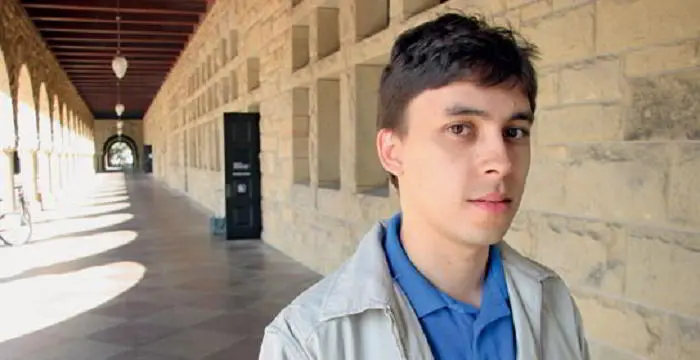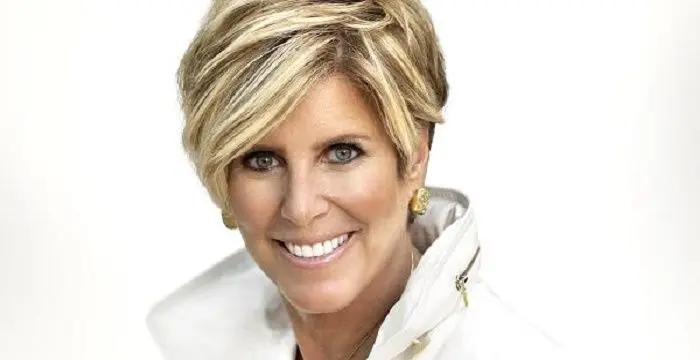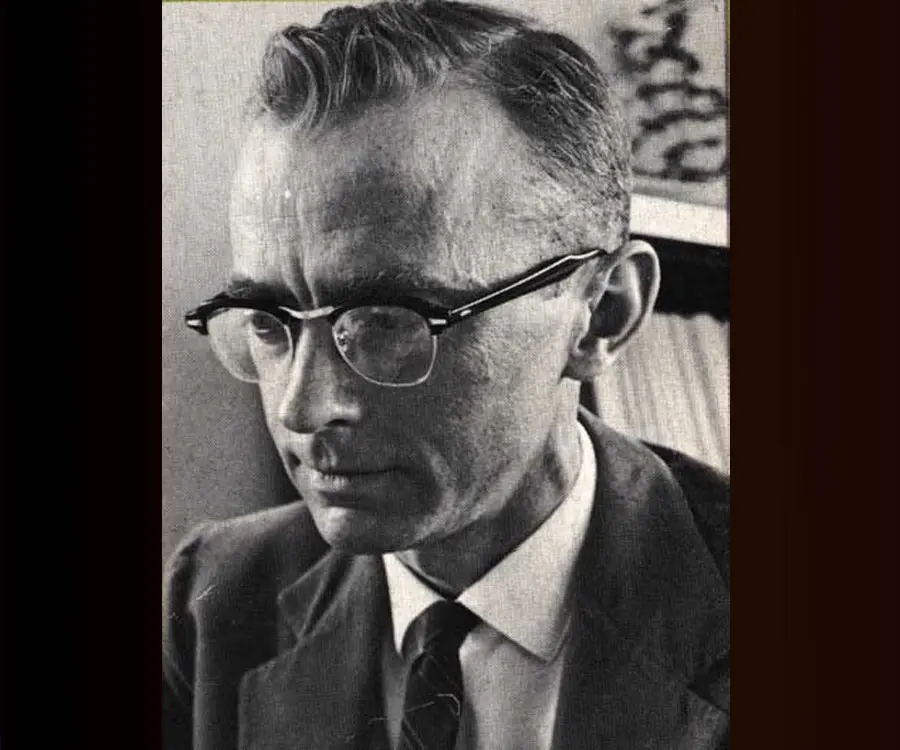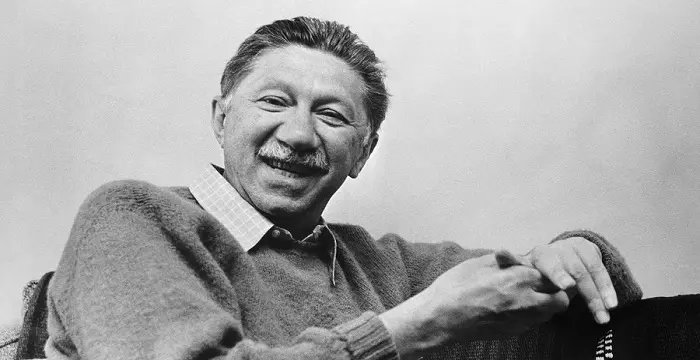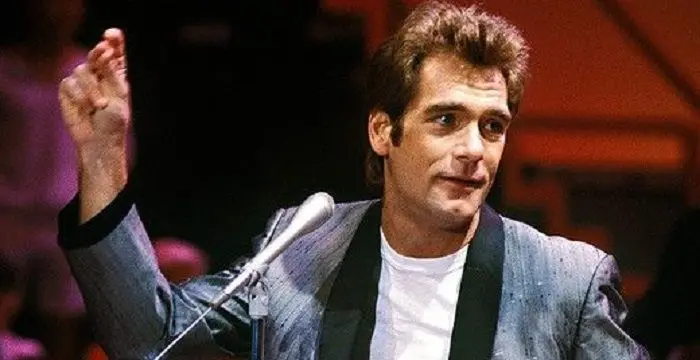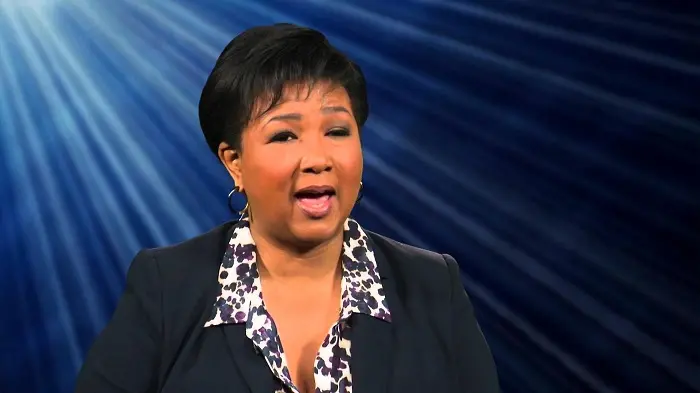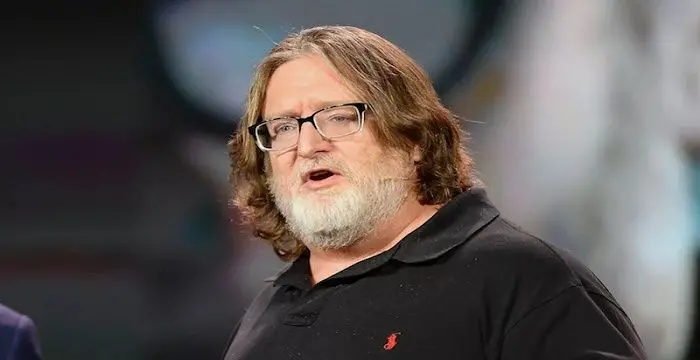Robert W. Holley - Cornell University, Birthday and Childhood
Robert W. Holley's Personal Details
Robert W Holley was an American biochemist who discovered the structure of the alanine transfer RNA, linking DNA and protein synthesis.This biography provides detailed information about his childhood, life, research, career, achievements & timeline.
| Information | Detail |
|---|---|
| Birthday | January 28, 1922 |
| Died on | February 11, 1993 |
| Nationality | American |
| Famous | Cornell University, University Of Illinois, Scientists, Biochemists |
| Spouses | Ann Dworkin |
| Known as | Robert William Holley |
| Childrens | Frederick |
| Universities |
|
| Notable Alumnis |
|
| Birth Place | Urbana, Illinois |
| Gender | Male |
| Father | Charles Holley |
| Mother | Voila Holley |
| Sun Sign | Aquarius |
| Born in | Urbana, Illinois |
| Famous as | Biochemist |
| Died at Age | 71 |
// Famous University Of Illinois
Temple Grandin
Temple Grandin is a well-known American writer, autistic activist and animal expert. This biography profiles her childhood, life, achievements, career and timeline
Jawed Karim
Jawed Karim is a German-American internet entrepreneur, technologist and co-founder of the video-sharing website, YouTube. Check out this biography to know about his childhood, family, personal life, achievements, age, etc.
Suze Orman
Suze Orman is an American television host, financial advisor, author and motivational speaker, famous for her ‘The Suze Orman Show’ on CNBC. This biography profiles her childhood, life, career, works, achievements and timeline.
Robert W. Holley's photo
Who is Robert W. Holley?
Robert W. Holley was an American biochemist who was conferred with the 1968 Nobel Prize in Physiology or Medicine for his discovery of the structure of the alanine transfer RNA, linking DNA and protein synthesis. He shared the award with two other scientists, Har Gobind Khorana and Marshall Warren Nirenberg who made equivalently noteworthy interpretation of the genetic code and its function of the protein synthesis. Holley started his career as a postdoctoral fellow at the Washington State University. During this time, he spent much of his research time on the characterization of the metabolic transformations of 2,4-dichlorophenoxyacetic acid. The work greatly differed from his subsequent work in the coming decades. Following a number of academic positions at various scientific institutions and universities, Holley finally moved to Cornell University where he indulged in the isolation, sequencing and deterring of the structure of the RNA, a work that earned him much praise, accolades and also the prestigious Nobel Prize award.
// Famous Biochemists
Robert Huber
Robert Huber is a German biochemist and Nobel Laureate. Check out this biography to know about his childhood, life, achievements, works & timeline.
Charles Best
Charles Best was a great scientist and a renowned physiologist who is remembered for being the co-discoverer of insulin. Read this biography to learn about his profile, childhood, life and timeline.
Isaac Asimov
Isaac Asimov was an American professor of biochemistry and a renowned author of science fiction and popular science books. Read this biography to know more about his life.
Childhood &Early Life
Robert William Holley was born on January 28, 1922 in Urbana, Illinois to Charles and Voila Holley. He was one of the four sons born to the couple. His parents were educationists by profession.
Young Holley attended public schools in Illinois, California and Idaho. In 1938, he graduated from Urbana High School and later enrolled at the University of Illinois at Urbana-Champaign to study chemistry. In 1942, he received his Bachelor’s degree.
Following his graduation, Holley attended Cornell University where he enrolled for a PhD program in organic chemistry, under Professor Alfred T. Blomquist. It was while studying for his PhD that World War II commenced. For two years, from 1944 to 1946, Holley worked with Professor Vincent du Vigneaud at Cornell University Medical College, where he participated in the first chemical synthesis of penicillin. In 1947, Holley completed his PhD studies.
Career
Immediately after completing his PhD degree, Holley spent a year as an American Chemical Society Postdoctoral Fellow with Professor Carl M. Stevens at Washington State University.
During his time at the Washington State University, he worked on the characterization of the metabolic transformations of 2,4-dichlorophenoxyacetic acid in bean plants, and identification of the plant hormones, auxins. From his work on penicillin, he established a correlation between the chemical reactivity of amides and their spatial structures
In 1948, he returned to Cornell University where he took up the post of an Assistant Professor of Organic Chemistry at the Geneva Experiment Station. In 1950, he was made Associate Professor, a position he served until 1957.
For a year from 1955 to 1956, Holley served as a Guggenheim Memorial Fellow in the Division of Biology at the California Institute of Technology. Holley discovered the world of RNA and protein synthesis during this sabbatical.
Meanwhile, at the Massachusetts General Hospital, the characterization of the mechanisms of protein synthesis in the in vitro protein synthesis systems had been made obvious. Subsequently, what followed was the attachment of amino acids to RNAs. However, these RNAs were not the ones playing a role in protein synthesis but those that were present in another of the subcellular fractions used for the in vitro synthesis system.
In 1958, Holley returned to Ithaca, New York here he worked as a research chemist at the US Plant, Soil and Nutrition Laboratory on the Cornell University campus. It was while at the laboratory that he undertook the purification and characterization of tRNA, t standing for transfer. The study occupied Holley for the next seven years.
For sequencing of tRNA, it was crucial for Holley to prepare a pure alanine-tRNA fraction. Holley devoted the next four years of his life sequencing tRNA gambling off with the belief that the fraction was pure.
Holley determined the tRNA's structure by using two ribonucleases (pancreatic ribonuclease and takadiastaseribonucleus) to split the tRNA molecule into pieces. Consequently, each enzyme split the molecule at location points for specific nucleotides. Using a process of ‘puzzling out’ the structure of the pieces split by the two different enzymes, and later comparing the pieces from both the enzyme splits, the team eventually determined the entire structure of the molecule.
In 1964, the structure was completed and marked a major discovery in explaining the synthesis of proteins from messenger RNA. It also became the first nucleotide sequence of a ribonucleic acid to be determined. Over the next two years, more than half-dozen structures of tRNA were determined
In 1962, he received the position of Professor of Biochemistry at the Cornell University. Two years later, he became a full-time Professor of Biochemistry and Molecular Biology at the University. He also served as the Chairman of the Department of Biochemistry for a year from 1965 to 1966.
In 1966, Holley moved to Salk Institute for Biological Studies and the Scripps Clinic and Research Foundation in La Jolla, California, as a National Science Foundation Postdoctoral Fellow. He served as a Fellow until 1967.
Though Holley maintained his affiliation with Cornell University, he joined the permanent staff of the Salk Institute, where he served as a Resident Fellow and an American Cancer Society Professor of Molecular Biology. He also became an Adjunct Professor at the University of California at San Diego.
Major Works
Holley is best remembered for his work describing the structure of the alanine transfer RNA, linking DNA and protein synthesis. He was the first ever biochemist to provide the full sequence of an RNA molecule and alanine transfer RNA. The bulk of his research work in his scientific career came while he was at the Cornell University. He first focused on the isolation of tRNA and later on the determination of the sequence and structure of the alanine tRNA.
Awards & Achievements
Holley served as a member of various scientific academies and societies including the National Academy of Sciences, the American Academy of Arts and Sciences, the American Association for the Advancement of Science, the American Society of Biological Chemists and the American Chemical Society.
In 1965, he received the Albert Lasker Award in Basic Medical Research. The same year, he was felicitated with the Distinguished Service Award of the U. S. Department of Agriculture. In 1967, he received the U. S. Steel Foundation Award in Molecular Biology from the National Academy of Sciences.
In 1968, Holley was conferred with the highly-esteemed Nobel Prize in Physiology or Medicine for his discovery of the structure of the alanine transfer RNA, linking DNA and protein synthesis. He shared the prize with HarGobind Khorana and Marshall W. Nirenberg.
Personal Life & Legacy
Holley tied the nuptial knot with Ann Dworkin in 1945. Ann worked as a teacher of mathematics. The couple was blessed with a son Frederick.
He breathed his last on February 11, 1993 at Las Gatos, California. He was 71 years of age.
// Famous Cornell University
Abraham Maslow
Abraham Maslow was a humanistic psychologist best known for his theory of self-actualization. This biography of Abraham Maslow provides detailed information about his childhood, life, achievements, works & timeline.
Huey Lewis
Best known for his album ‘Sports’, Huey Lewis is the lead singer, musician and lyricist for the band ‘Huey Lewis and the News’. Check out this biography to get detailed information on his life.
Mae Jemison
Mae Carol Jemison is a famous American astronaut who became the first African American astronaut to travel to space. To know more about her childhood, career, profile and timeline read on
Robert W. Holley's awards
| Year | Name | Award |
|---|---|---|
Other | ||
| 0 | Albert Lasker Award for Basic Medical Research (1965) | |
| 0 | NAS Award in Molecular Biology (1967) | |
| 0 | Nobel Prize in Physiology or Medicine (1968) | |
Robert W. Holley biography timelines
- // 28th Jan 1922Robert William Holley was born on January 28, 1922 in Urbana, Illinois to Charles and Voila Holley. He was one of the four sons born to the couple. His parents were educationists by profession.
- // 1938 To 1942Young Holley attended public schools in Illinois, California and Idaho. In 1938, he graduated from Urbana High School and later enrolled at the University of Illinois at Urbana-Champaign to study chemistry. In 1942, he received his Bachelor’s degree.
- // 1945Holley tied the nuptial knot with Ann Dworkin in 1945. Ann worked as a teacher of mathematics. The couple was blessed with a son Frederick.
- // 1955 To 1956For a year from 1955 to 1956, Holley served as a Guggenheim Memorial Fellow in the Division of Biology at the California Institute of Technology. Holley discovered the world of RNA and protein synthesis during this sabbatical.
- // 1958In 1958, Holley returned to Ithaca, New York here he worked as a research chemist at the US Plant, Soil and Nutrition Laboratory on the Cornell University campus. It was while at the laboratory that he undertook the purification and characterization of tRNA, t standing for transfer. The study occupied Holley for the next seven years.
- // 1964In 1964, the structure was completed and marked a major discovery in explaining the synthesis of proteins from messenger RNA. It also became the first nucleotide sequence of a ribonucleic acid to be determined. Over the next two years, more than half-dozen structures of tRNA were determined
- // 1965 To 1967In 1965, he received the Albert Lasker Award in Basic Medical Research. The same year, he was felicitated with the Distinguished Service Award of the U. S. Department of Agriculture. In 1967, he received the U. S. Steel Foundation Award in Molecular Biology from the National Academy of Sciences.
- // 1966 To 1967In 1966, Holley moved to Salk Institute for Biological Studies and the Scripps Clinic and Research Foundation in La Jolla, California, as a National Science Foundation Postdoctoral Fellow. He served as a Fellow until 1967.
- // 1968In 1968, Holley was conferred with the highly-esteemed Nobel Prize in Physiology or Medicine for his discovery of the structure of the alanine transfer RNA, linking DNA and protein synthesis. He shared the prize with HarGobind Khorana and Marshall W. Nirenberg.
- // 11th Feb 1993He breathed his last on February 11, 1993 at Las Gatos, California. He was 71 years of age.
// Famous Scientists
Juliane Koepcke
Juliane Koepcke is a German-Peruvian biologist, who was the lone survivor among the 92 passengers and crew of the ill-fated LANSA Flight 508 that crashed in the Peruvian rainforest on 24 December 1971. Know more about her life in this biography.
Henry Cavendish
Henry Cavendish was a theoretical chemist and physicist, renowned for discovery of hydrogen and calculation of the mass of earth. To know more about his childhood, profile, timeline and career read on
Konstantin Tsiolkovsky
Konstantin Tsiolkovsky was a Russian rocket scientist and a pioneer of astronautics. This biography provides detailed information about his childhood, family, personal life, career, achievements, etc.
Gabe Newell
Gabe Newell is an American computer programmer and businessman, best known as the co-founder of ‘Valve Corporation.’ This biography provides detailed information about his childhood, family, personal life, career, etc.
Grigori Perelman
Grigori Perelman is a Russian mathematician who is best known for his contributions to Riemannian geometry and geometric topology. Check out this biography to know about his childhood, family life, achievements and fun facts about him.
Eduardo Saverin
Eduardo Luiz Saverin is a Brazilian internet entrepreneur and investor. This biography profiles his childhood, life, career, achievements, and timeline
Robert W. Holley's FAQ
What is Robert W. Holley birthday?
Robert W. Holley was born at 1922-01-28
When was Robert W. Holley died?
Robert W. Holley was died at 1993-02-11
Which age was Robert W. Holley died?
Robert W. Holley was died at age 71
Where is Robert W. Holley's birth place?
Robert W. Holley was born in Urbana, Illinois
What is Robert W. Holley nationalities?
Robert W. Holley's nationalities is American
Who is Robert W. Holley spouses?
Robert W. Holley's spouses is Ann Dworkin
Who is Robert W. Holley childrens?
Robert W. Holley's childrens is Frederick
What was Robert W. Holley universities?
Robert W. Holley studied at Cornell University,University Of Illinois, University of Illinois at Urbana–Champaign, Cornell University
What was Robert W. Holley notable alumnis?
Robert W. Holley's notable alumnis is Cornell University, University Of Illinois
Who is Robert W. Holley's father?
Robert W. Holley's father is Charles Holley
Who is Robert W. Holley's mother?
Robert W. Holley's mother is Voila Holley
What is Robert W. Holley's sun sign?
Robert W. Holley is Aquarius
How famous is Robert W. Holley?
Robert W. Holley is famouse as Biochemist

